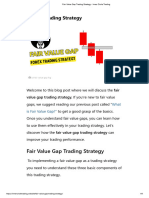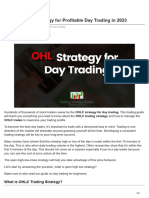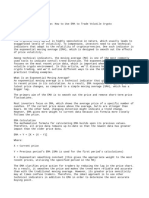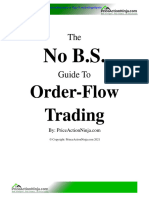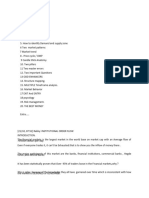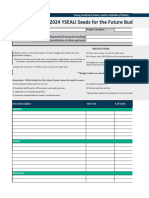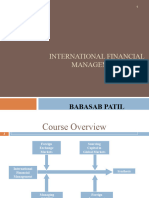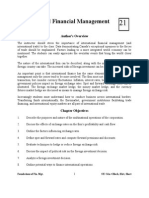75% found this document useful (4 votes)
1K views12 pagesOrder Flow Trading Guide
Uploaded by
Kinde GirmaCopyright
© © All Rights Reserved
We take content rights seriously. If you suspect this is your content, claim it here.
Available Formats
Download as PDF, TXT or read online on Scribd
75% found this document useful (4 votes)
1K views12 pagesOrder Flow Trading Guide
Uploaded by
Kinde GirmaCopyright
© © All Rights Reserved
We take content rights seriously. If you suspect this is your content, claim it here.
Available Formats
Download as PDF, TXT or read online on Scribd
/ 12


























